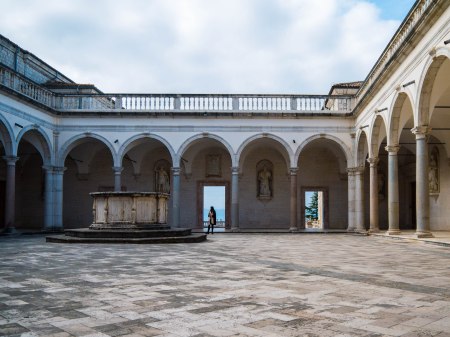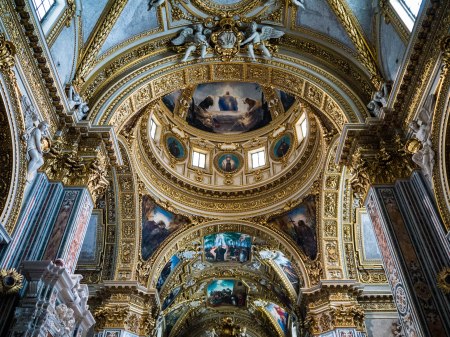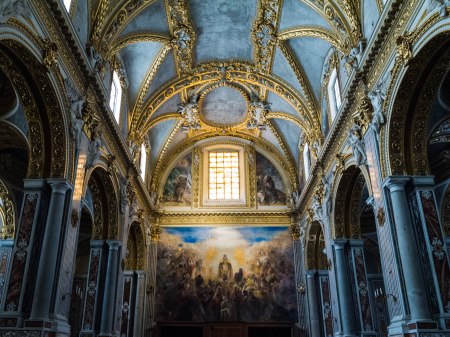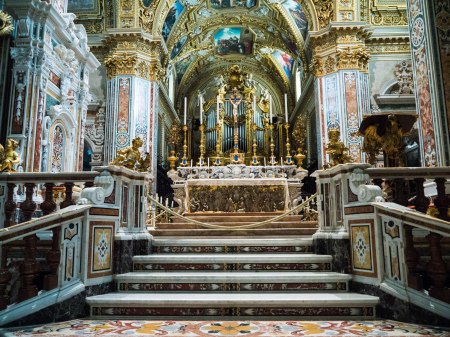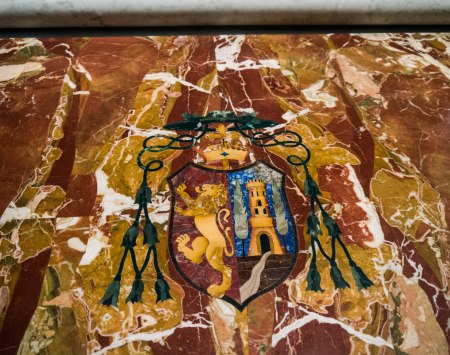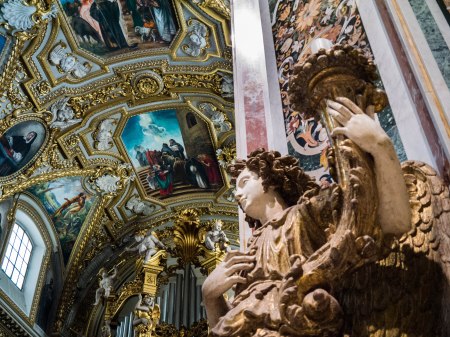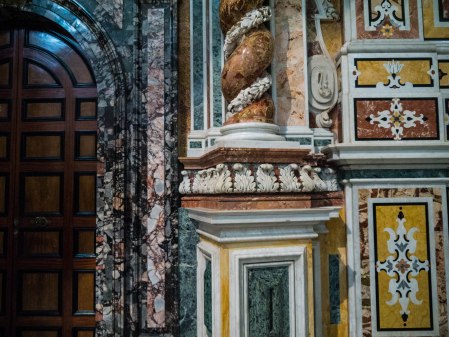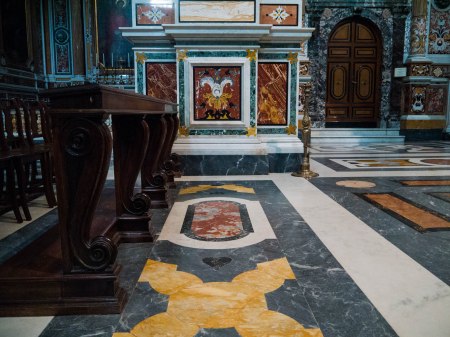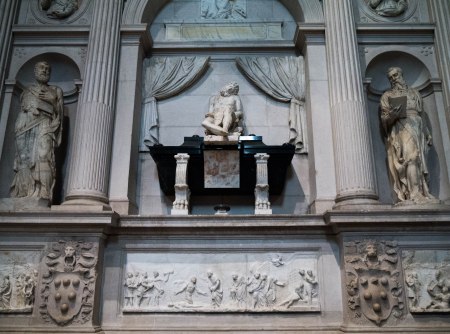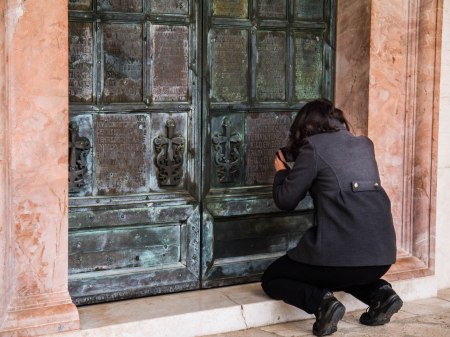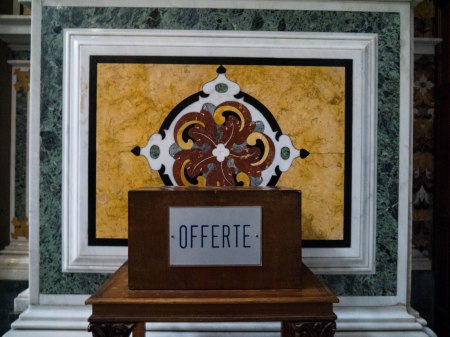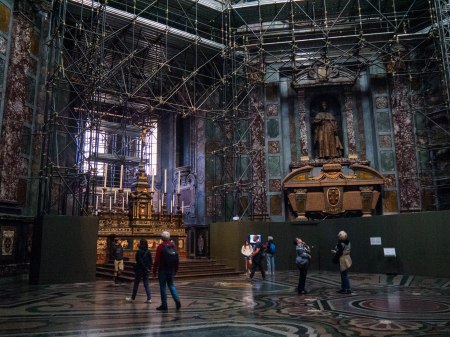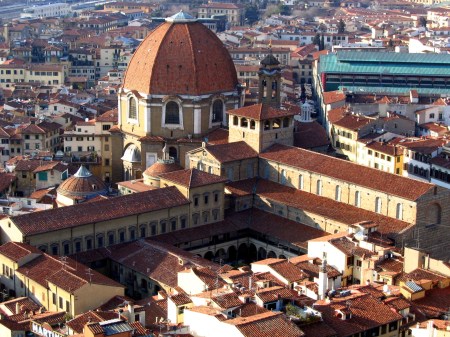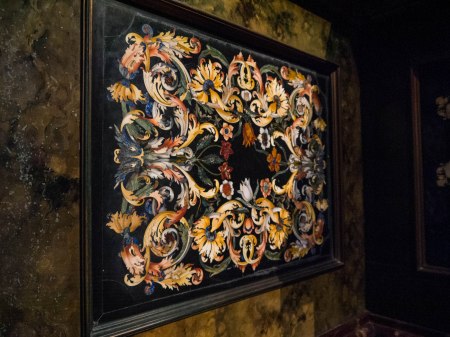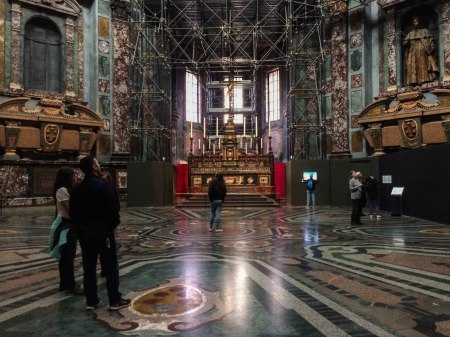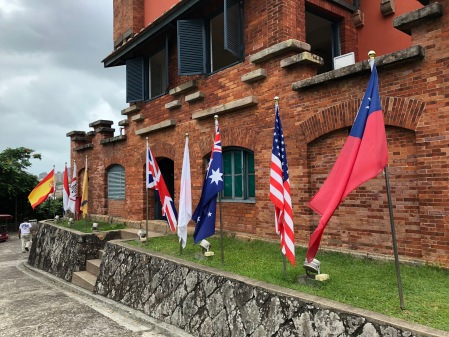
Flags of Spain, the Netherlands, Qing dynasty, Koxinga , U.K., Japan, Australia, U.S., and Taiwan flying at Fort San Domingo.
One of the most exciting parts of living in Taiwan so far has been discovering the many legacies and influences on the island’s rich culture. One of the courses I am taking while here focuses on this history from the arrival of the aboriginal tribes to present. This includes the arrival of the Dutch, the Qing dynasty, the Japanese occupation, and several different phases of history. I decided to go to 淡水 (Danshui, or Tamsui in the Wade-Giles romanticization), which lies just north of Taipei, to check out Fort San Domingo and the British Consulate to see one of the island’s first Western consulates, as well as some traditional Japanese architecture. Though I had the chance to visit the world-famous National Palace Museum, its contents are vast to say the least (it would take 15 years to see all of the items cycled through exhibitions) and pertain more to the history of the mainland than local history.
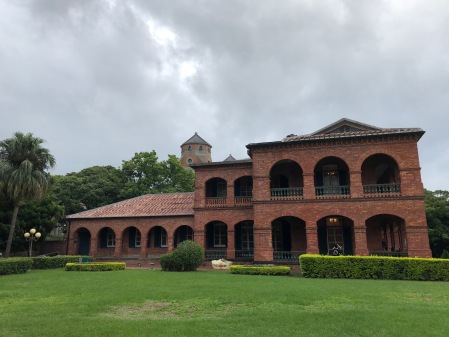
British consulate in Danshui featuring colonial architecture.
The photo above is the British consulate, which remained in operation for several hundred years. It sits among the top of the hill and neighbors the old Spanish (and later Dutch) Fort San Domingo. It was largely responsible for housing the British consul, who could assist British merchants during trade or British citizens during other matters, and remained in operation until 1972.
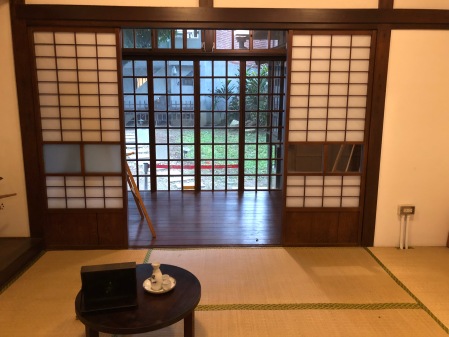
Residence of Tade Eikichi in Danshui. I had to take off my shoes before I could enter!
Another interesting site in Danshui is the former residence of Tade Eikichi, the township head of Danshui during Japanese rule. The Japanese occupied Taiwan for half a century and their influence is still felt in local cuisine, architecture, and several other customs. The house above is built completely resembling a traditional Japanese home, complete with a porch and a garden as well. This home faces the Guayin Mountain and Danshui River, which still serves as a source of inspiration for local artists to this day.
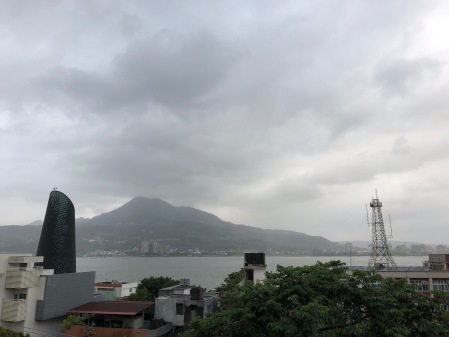
View of the Guayin Mountain and Danshui River from Tade Eikichi’s residence.
While this post only scratches the surface of this topic, Danshui offers an interesting case-study on how this island came to become an amalgamation of several different cultures and create a unique one in its own right.
Until next time,
Bryan



 Posted by bryanintaipei
Posted by bryanintaipei 


























